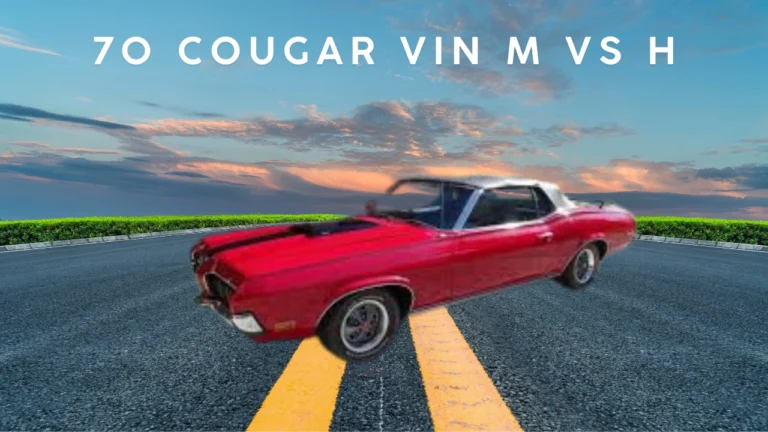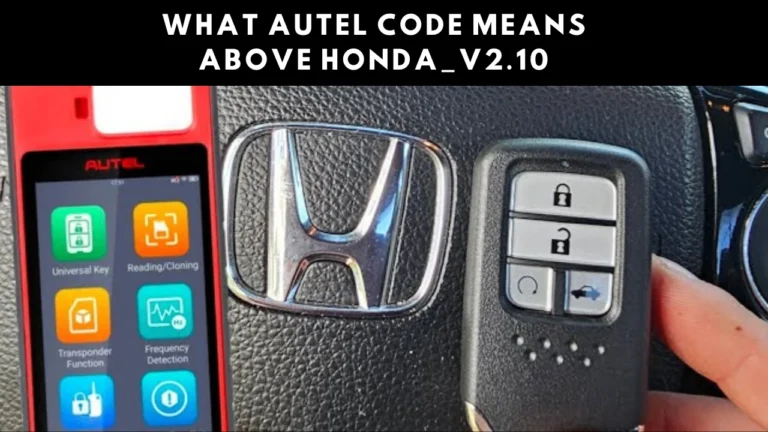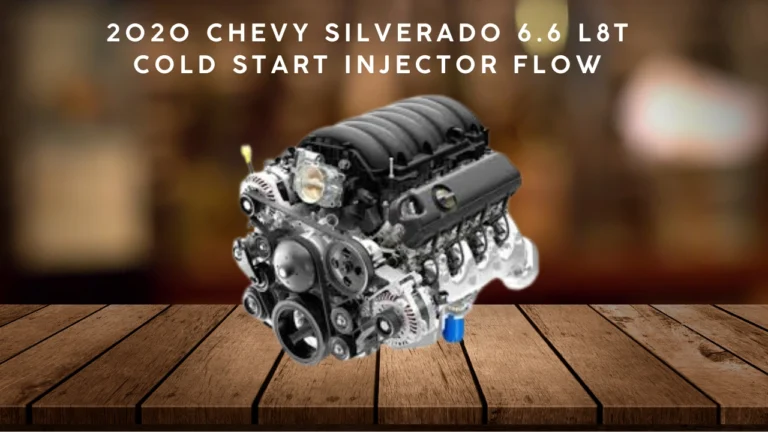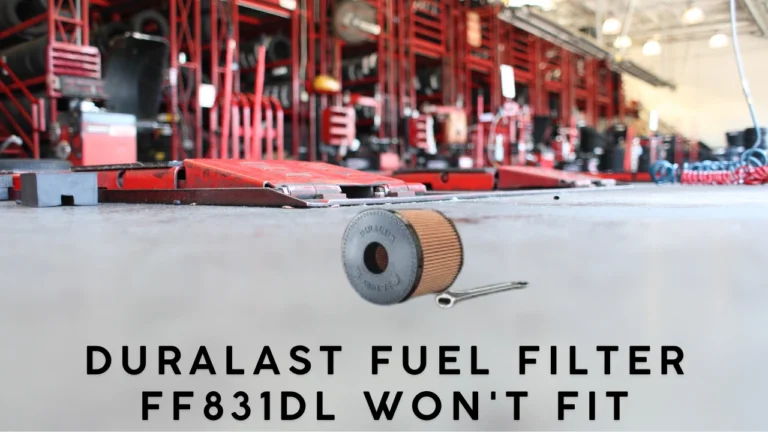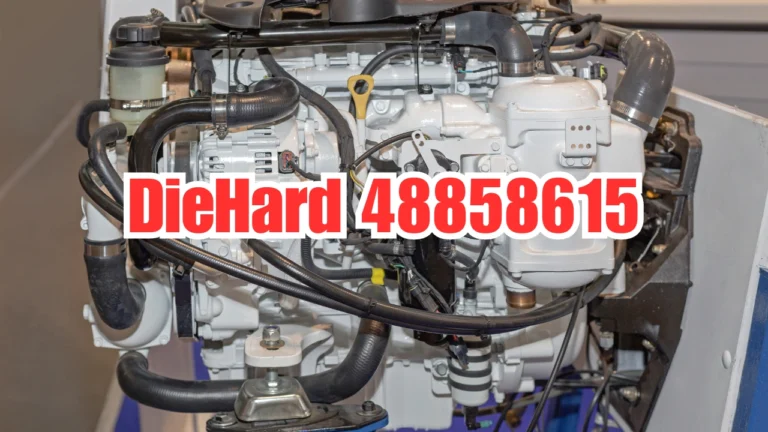Virginia News Continuous Flow Intersection 2014 Hummer: Traffic Design

Traffic management has always been a critical issue in bustling regions, and Virginia has consistently been at the forefront of innovative solutions. One such milestone was the introduction of the Continuous Flow Intersection (CFI) at Zion Crossroads in 2014. The development not only redefined how intersections manage traffic flow but also showcased its practicality with vehicles of all sizes, including the robust 2014 Hummer. This article delves into the significance of this project, its operation, and its impact on traffic management, offering key insights into the Virginia news continuous flow intersection 2014 Hummer connection.
What Is a Continuous Flow Intersection?
A Continuous Flow Intersection is a modern road design engineered to streamline traffic movement and reduce delays. Unlike traditional intersections, CFIs allow vehicles to make left turns before reaching the main intersection. This eliminates the need for additional signal phases, which are common in conventional setups. By keeping traffic continuously moving, CFIs help reduce congestion and increase safety for drivers, including those in larger vehicles like the 2014 Hummer.
The introduction of this concept in Virginia was part of a broader strategy to address traffic challenges, particularly at busy crossroads such as the one at Zion Crossroads, where U.S. Route 15 meets Interstate 64. The project received significant attention in local Virginia news, highlighting the benefits and operational efficiency of this cutting-edge intersection.
How Does a Continuous Flow Intersection Work?
Understanding the functionality of a Continuous Flow Intersection is key to appreciating its impact. At a CFI, left-turning vehicles move into dedicated lanes that cross over opposing traffic before the main intersection. This eliminates the need for a separate left-turn signal phase, allowing traffic to flow more freely. The design reduces potential conflict points, making intersections safer and more efficient.
For instance, the Virginia news continuous flow intersection 2014 Hummer scenario showcased the ease with which even large vehicles could navigate the system. The Hummer’s wide body and weight had no trouble maneuvering through the CFI, proving its capability to handle diverse traffic demands.
Also Read: Andywarhella Visionary Artist Revolutionizing the Art World
The Benefits of Continuous Flow Intersections
The introduction of the CFI at Zion Crossroads brought a host of benefits that were quickly recognized by drivers and traffic analysts alike. First, it addressed the perennial issue of traffic congestion, particularly during peak hours. By allowing simultaneous left-turn and straight-through movements, CFIs drastically reduce wait times. For heavy vehicles like the 2014 Hummer, this meant smoother and faster navigation without the usual bottlenecks of traditional intersections.
Second, safety improvements were notable. Traditional intersections often have multiple conflict points where accidents are likely to occur. CFIs reduce these conflict points by separating traffic flows more effectively. This was evident during the initial operations of the Virginia news continuous flow intersection 2014 Hummer, where even large vehicles could navigate safely without disrupting other traffic.
Lastly, CFIs are designed with scalability in mind. They can handle increased traffic volumes as urban areas grow, making them a future-proof solution. The successful implementation of the Zion Crossroads CFI demonstrated how this design could serve as a model for other regions.
The Design of Virginia’s Continuous Flow Intersection
Virginia’s CFI at Zion Crossroads featured an innovative layout that separated left-turning traffic from the main intersection. Vehicles intending to turn left crossed over opposing lanes several hundred feet before reaching the intersection. This design minimized conflict points, improved traffic flow, and reduced the likelihood of accidents.
A detailed look at the features of Virginia’s first CFI reveals:
| Feature | Impact |
|---|---|
| Left-turn lanes ahead | Reduced wait times for left-turning traffic |
| Fewer conflict points | Enhanced safety for all drivers |
| Dedicated signal phases | Improved traffic coordination |
| Wide lanes | Accommodation of large vehicles like the 2014 Hummer |
The layout was carefully planned to ensure that even oversized vehicles, such as the 2014 Hummer, could navigate seamlessly without causing delays or disruptions.
The 2014 Hummer: A Test of Capability
When discussing the Virginia news continuous flow intersection 2014 Hummer, it’s essential to focus on the vehicle’s role in showcasing the intersection’s capabilities. The 2014 Hummer, known for its wide stance and heavy build, is not typically associated with agility or ease of navigation. Yet, it navigated the CFI with remarkable smoothness, proving the design’s inclusivity.
The Hummer’s performance at the Zion Crossroads CFI demonstrated that the intersection could handle various vehicle sizes, from compact cars to large SUVs and trucks. This adaptability is crucial for regions where commercial vehicles and personal SUVs share the roads.
| Feature | 2014 Hummer | CFI Capability |
|---|---|---|
| Vehicle Width | 86.5 inches | Adequate lane width |
| Turning Radius | 37.5 feet | Designed for smooth turns |
| Vehicle Weight | 6,614 lbs | Robust pavement design |
How the Continuous Flow Intersection Impacts Traffic
One of the most notable advantages of CFIs is their ability to significantly reduce congestion. Before its implementation, the Zion Crossroads area often experienced traffic bottlenecks, particularly during peak hours. With the new system in place, vehicles moved more fluidly, leading to shorter travel times and fewer frustrations for commuters.
Safety was another major consideration in the CFI design. Traditional intersections have numerous “conflict points” where vehicles may collide due to crossing paths. By separating left-turn movements, Virginia’s CFI eliminated many of these risks, resulting in a safer driving environment for all, including drivers of the 2014 Hummer.
Also Read: Money6x Real Estate Revolutionizing Property Investment
Public Reception and Future Implications
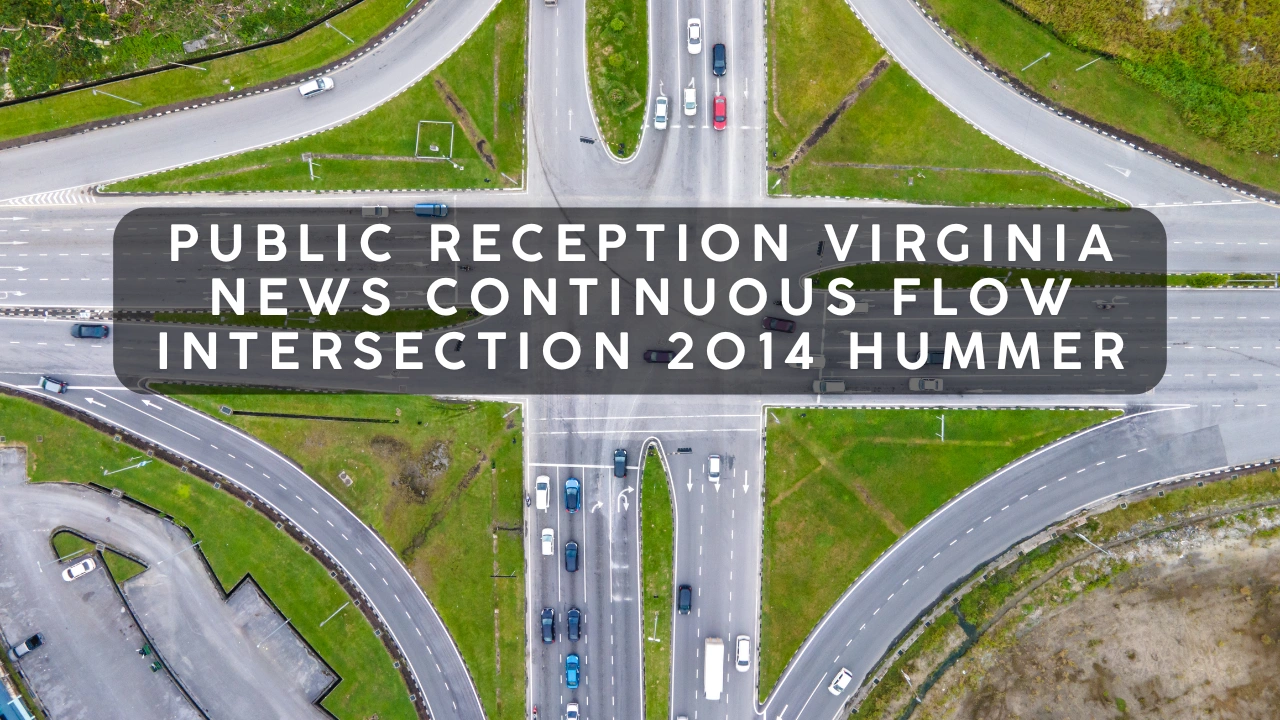
The Virginia news continuous flow intersection 2014 Hummer story captured public attention not just because of the vehicle’s successful navigation but also due to the intersection’s effectiveness. Local drivers quickly adapted to the new design, and feedback was overwhelmingly positive. Reduced congestion, enhanced safety, and faster commutes were among the frequently cited benefits.
This success paved the way for future CFIs in Virginia and beyond. Traffic planners began considering CFIs as a viable alternative for congested urban intersections. The adaptability of the design, as demonstrated with vehicles like the 2014 Hummer, reinforced its feasibility in diverse settings.
The Role of Technology in Virginia’s Newsworthy Traffic Innovation
The introduction of the CFI in Virginia marked a significant step forward in traffic management technology. Traffic signals at Zion Crossroads were synchronized to maximize efficiency, ensuring smooth coordination of left turns and through traffic. The 2014 Hummer served as a practical example during the testing phase, showcasing how advanced traffic engineering could accommodate even the most challenging vehicles.
Virginia’s Continuous Flow Intersection quickly gained attention in news outlets, sparking discussions about its potential replication in other parts of the state. The intersection became a symbol of progress, blending modern design with practical utility.
Challenges and Considerations
While the CFI at Zion Crossroads proved successful, it wasn’t without challenges. Initial public education was crucial, as the design was unfamiliar to many drivers. Clear signage, public awareness campaigns, and ongoing monitoring helped ease the transition. The Virginia news continuous flow intersection 2014 Hummer example played a role in demonstrating the system’s practicality, helping to win public trust.
Maintenance and long-term costs are another consideration. While CFIs reduce congestion and accidents, they require careful upkeep to maintain their efficiency. For Virginia, the investment has already paid off in terms of improved traffic flow and safety.
Also Read: Etherions .Com A Game-Changer for Blockchain Enthusiasts
Conclusion
The Virginia news continuous flow intersection 2014 Hummer remains a landmark event in traffic management. It showcased how innovative intersection designs could revolutionize traffic flow while accommodating vehicles of all sizes. The success of the Zion Crossroads CFI highlighted the potential of CFIs to address urban traffic challenges, making them a model for future developments.
For Virginia, this project was more than just a local improvement; it was a statement of progress and innovation. As traffic volumes continue to grow, the lessons learned from the Zion Crossroads CFI will undoubtedly shape the future of intersection design, ensuring safer and more efficient roads for everyone.

